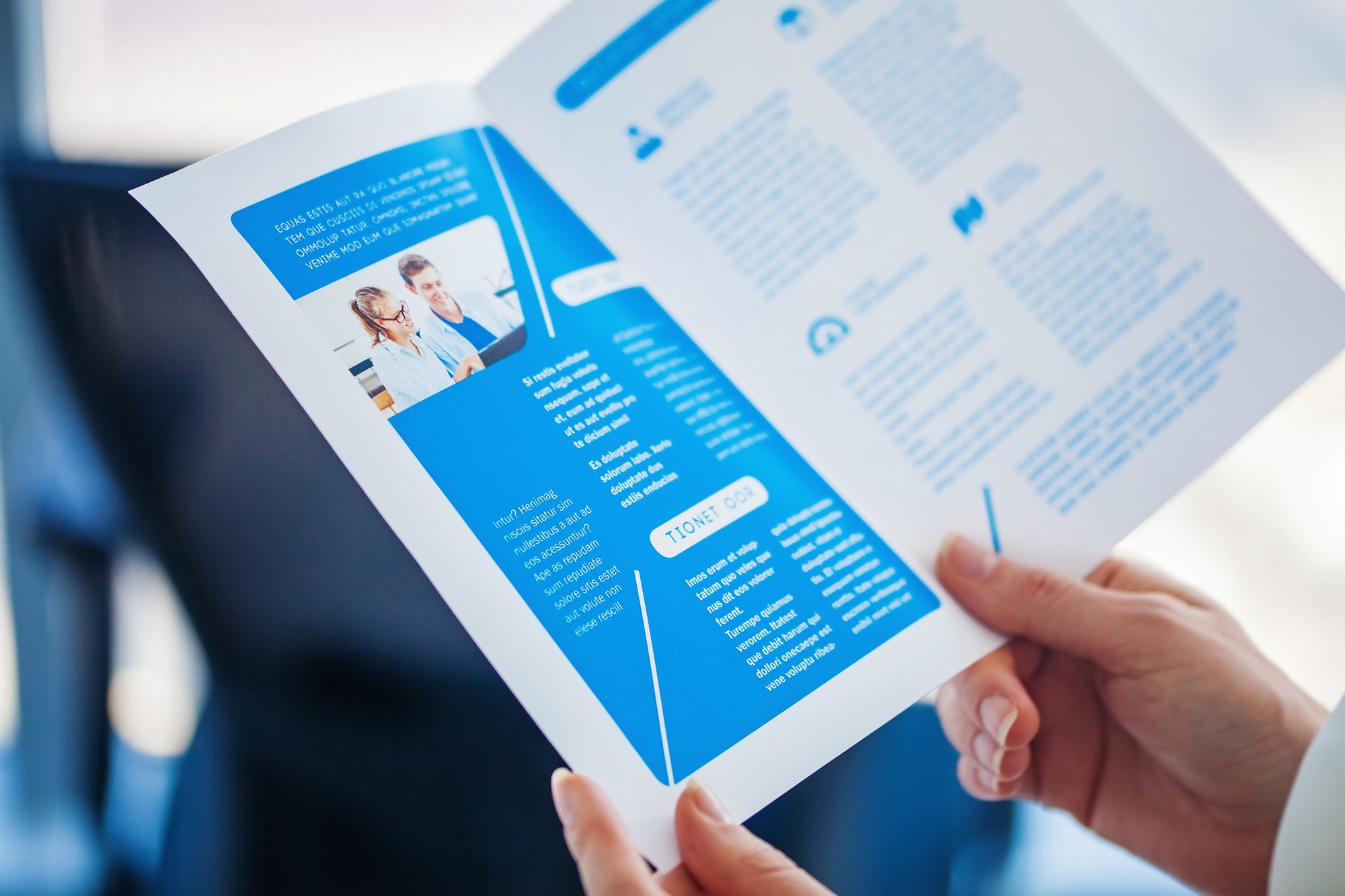
Branding collaterals that your business can benefit from
A consistent brand and an engaging message are the foundations of successful marketing. But how can you get your brand and messaging out of the strategy meeting and in front of your customers? Before you can persuade someone to buy your product or service, you must guide them through the buyer’s journey with the appropriate collateral at each stage. Attempting for a hard sale right away fails to work most times.
In this post, we’ll go through several forms of marketing collateral and what to keep in mind while developing them to make your messaging and visuals show through.
Let’s first understand what Marketing collateral is:
Any media content used to promote a company’s products or services is referred to as marketing collateral. Print items such as posters and flyers are included, as well as digital content such as catalogues and digital publications. Marketing collateral is anything that may be used to express your company’s brand message.
Marketing collateral is defined as media or marketing items that are more informational than traditional advertising. In general, the medium is intended to project authority, create legitimacy, and build confidence with prospects to support sales activities.
Marketing collaterals may be expensive and time-consuming to create. There is a lot of thought that goes into it—project managers oversee the development of materials, and then there are the people who work behind the scenes (professional writers, graphic designers, video producers) who oversee the creative aspects of these materials. Having marketing collateral in your portfolio, despite its expense, will make a world of difference in a B2B lead generating effort.
Regardless of how well-known your brand is, you will always need to target diverse demographics with suitable marketing collateral. Targeting various demographics with the proper marketing collateral will assist you in generating leads, promoting new goods and campaigns, enticing new consumers, re-engaging existing ones, and becoming more well recognised.
Corporate Brochures
Brochures were once merely foldable booklets that were printed and distributed in person. They’ve gone digital, and they’re better than ever. They highlight all you need to know about a business, including a brief summary and background, goods or services, and contact details.
When to use them: A brochure is an excellent way to introduce your company. It includes everything vital in a nutshell and is a wonderful resource for potential consumers. Brochures, when distributed correctly, may enhance your company’s exposure and brand recognition. Brochures should be used early in the sales process, ideally after the first encounter with a prospect.
Displays
Eye-catching displays, or exhibitions positioned prominently, come in a variety of forms, sizes, and styles. Examples include roadside billboards, shelf signage, point-of-sale displays, and even interactive product kiosks. Begin with your goals to select the best display for you. Do you require a display that will catch the attention of your customers? Or do you want to engage, entertain, or educate your audience? These types of questions will help you develop a plan.
Infographics
Infographics are another type of collateral that can be utilised at any point of the buyer’s stage, although they are most commonly employed at the introductory stage. An infographic can be an illustration, a graph, a chart, or any mixture of these components. They can be presented as a stand-alone material or as part of a blog post or article.
With so much material available on the internet, it may be difficult to stand out. Because of their visual nature, infographics are good at attracting attention. People are better at digesting visual data than text, according to studies, therefore an infographic will create a more lasting impact on your audience.
When to use them: Infographics can be used at every point in the buyer’s journey, but they’re most common at the awareness stage. While you’re still building awareness, it can be hard to stand out. Infographics get the job done because they’re so visually appealing.
Case studies
Case studies are the finest form of consideration stage collateral since they highlight your company’s stories of success. They are adaptable, since they may be single or multi-page documents. Case studies typically comprise four major components: the problem, the solution, the outcome, and the client’s testimonial.
Conducting interviews with your clients is essential while producing a case study. Inquire about their experience with your product or service, as well as any advice they have for other consumers. To produce a more engaging case study, ask questions that strike into your client’s emotions. Using quotes will help improve the credibility of your case study.
The goal of a case study is to demonstrate how other companies achieved success with your product or service. Ideally, you’ll have many case studies so that your prospects are likely to find one about a company similar to them, facing the same challenges.
To simply sum the components of a case study, it usually includes:
- The problem
- The solution
- The result
- A client testimonial
- A brief summary of your company
When to use them: Case studies are an excellent form of consideration stage collateral. If you have a warmer lead in your funnel who loves what you offer but wants to learn more about your previous experience, a case study is the right thing to send them.
Are you ready to start creating a complete library of content and resources for your sales team to use? At Jaytech, we offer marketing collateral design services that are both cost-effective and high-quality. Our experts are always happy to advise on what we feel would be best for your business.

